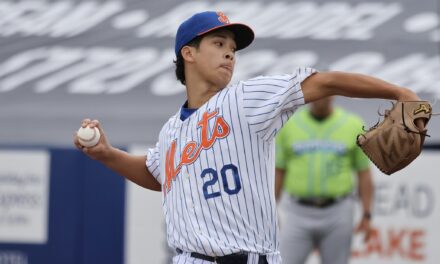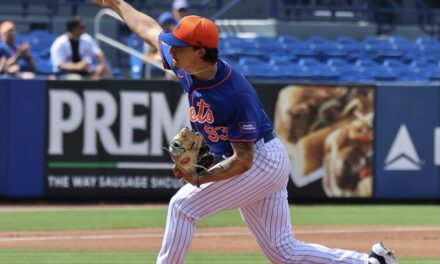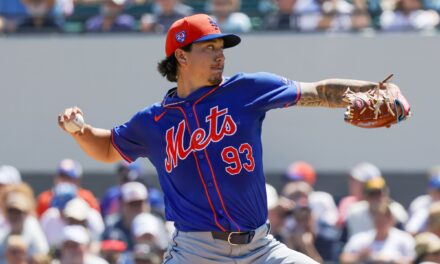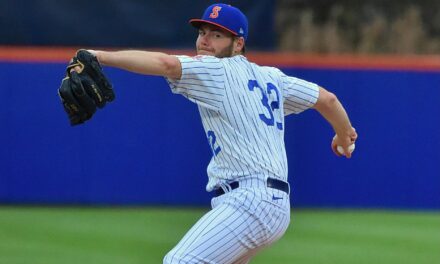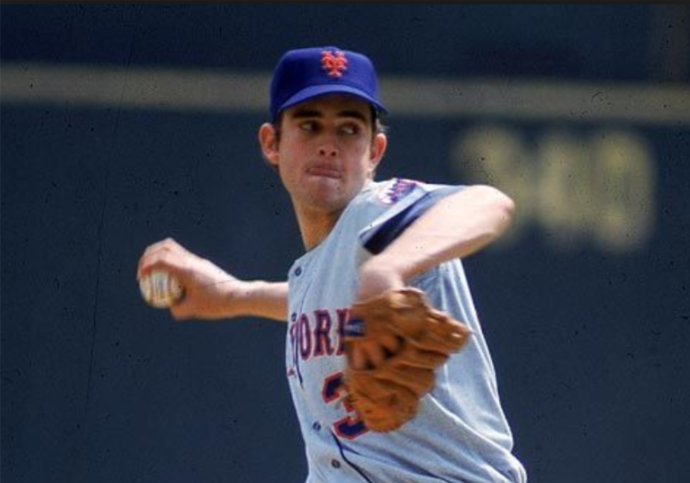
When it comes to trades, Met fans haven’t had the easiest time of it. In fact, they have seen a considerable number of personnel moves go awry.
Let’s take a look at what might be a list of the ten worst trades in franchise history (we will stick to the main trade components):
1. There is just no arguing with this one. Nolan Ryan was effectively traded for a washed up Jim Fregosi after a few modestly effective years with the Mets, after the ‘71 season, with the Amazins in dire need of a third baseman. Never did he completely mobilize his talents in NY, but his trade to the Angels changed all that. Needless to say, Ryan pitched for more than another 20 years, authored seven no hitters, over 300 wins, an ERA near 3.00, and close to 6000 strikeouts, by far and away the best in baseball history.
2. Tom Seaver. Only because the Mets had had him for over 10 years by the time of the trade does this fall to number 2. An even greater all-time pitcher than Ryan, “The Franchise” was moved at the deadline in 1977, with almost another decade of greatest left in him, and Met fans will never forget. The new overdue statue and street name at Citifield speak to that loud and clearly. Though they did receive some marginal value back in the names of Steve Henderson, Doug Flynn and Pat Zachary, then President M. Donald Grant’s midnight massacre was unconscionable. (To add insult to injury, they reacquired him for the 1983 season, only to lose him again one year later to the White Sox in a now antiquated veteran’s draft, by not protecting him.)
3. Another fairly great Met pitcher, David Cone, was traded in late 1992 to the Blue Jays, but they got some return this time. Jeff Kent, although somewhat of a malcontent, went on to hit almost 400 homers, over 1500 RBI’s with a .290 average. But not with the Mets. Although showing plenty of promise early in his career, he was moved mid-1996 to the Cleveland Indians for among others, an over-the-hill Carlos Baerga (the first of a series of such moves seeking a star second baseman). Kent went on to major stardom. Baerga was soon done.
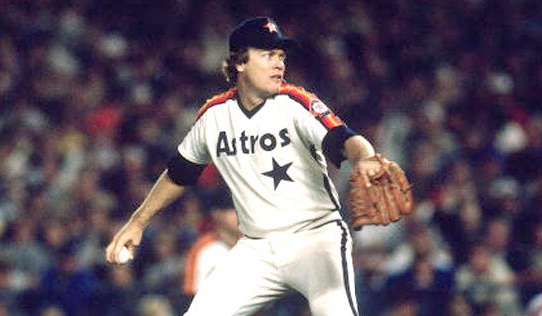
4. Mike Scott was perhaps at best a number four-type starting pitcher when he was traded to the Houston Astros after the 1982 season for a terrific bench hitter, Danny Heep. Then Astros pitching coach Roger Craig taught him the split finger fastball, and a star was born, so much so, that the great 1986 Mets almost didn’t make it to the World Series thanks to Scott’s dominance. Heep helped a bit, but this one does indeed go down as one of the organization’s bigger blunders.
5. Attempting to fill that dire third base need that would plague them for years, a young minor leaguer named Amos Otis was traded after the 1969 World Series win to the Kansas City Royals for Joe Foy. Foy was a disaster. Otis went onto an all star career, including close to 200 home runs. To add insult to injury, the Met throw in, Bob Johnson, led the AL in strikeouts that year.
6. Relief pitcher number one – Jeff Reardon. One thing the Mets did pretty well early on was find relief pitchers. Reardon was one such player. When the organization’s greatest GM, Frank Cashen, took over the Mets after the 1980 season, the proverbial cupboard was very bare. For one, they needed hitting. Oft-trade partner, the Montreal Expos, had one such player, who after being beaned in the head, was thought to need a change of scenery. Reardon’s full potential was not yet apparent, and off he went in exchange for Ellis Valentine. Valentine was a flop. Reardon was so effective, at one time, he led the all-time list of saves. Before Hernandez and Carter, Cashen missed on a few. This was one.
7. Relief pitcher number two- Jason Isringhausen. During the 1999 season, the Mets were trying to get to the playoffs for the first time since 1988, after a close call the year before. Isringhausen, once thought to be a future star as a starter, was coveted by the very talented Oakland A’s, who were then run by some guy named Sandy Alderson. The Mets received in return an okay reliever named Billy Taylor. Isringhausen was converted to a reliever, and went on to save exactly 300 games.
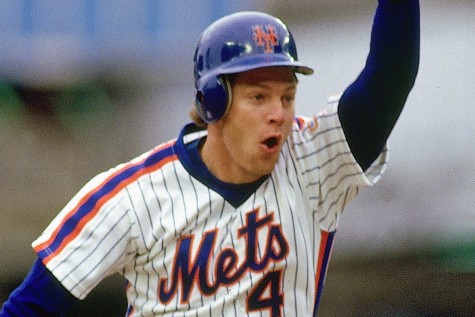
8. Lenny Dykstra and Roger McDowell to the Phillies for star second baseman Juan Samuel, who was to play…center field. The only reason this one falls to eight is posterity. Dykstra, who became a major star in Philly, was later found to be an early abuser of banned substances. Oh, and he has not exactly been a model citizen since. McDowell was a critical reliever in Met history , winning 14 games in stellar 1986. Samuel, who could not adjust to center, was never the same.
9. A tough call on these last two spots as there were many candidates of equal note. At number 9 we go with Rusty Staub to the Detroit Tigers after the 1975 season for a very much finished Mickey Lolich. LeGrand Orange had been a model Met since his arrival after the 1971 season (even if it was for Ken Singleton). Grant was at it again, this time ridding the Mets of their best hitter with little to show in return. Lolich never pitched for the Mets after ‘76.
10. your call – there are so many candidates for this last slot, we thought it would be fun for you to fill in the blank. One thing- let’s hope that Robinson Canó and Edwin Diaz for Jarred Kelenic and Justin Dunn et al. does not find its way onto this list…
It should be noted that the Mets organization has made some pretty good moves as well. The aforementioned Cone, Hernandez and Carter, as well as Donn Clendenon, Mike Piazza, and Noah Syndergaard to name a few, graced the pastures of Shea and Citi without giving up anything too valuable in return. And notice that all of the above played on pennant winning teams. One way or another, New York Met trades have always proved interesting.
Now if we could just get that August Waiver trade deadline back….


